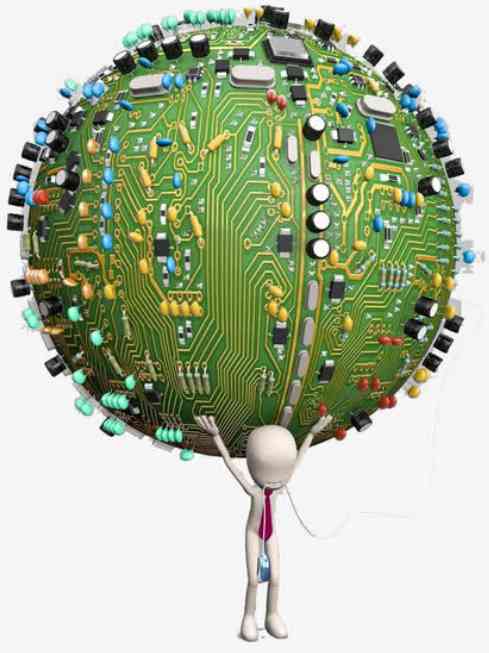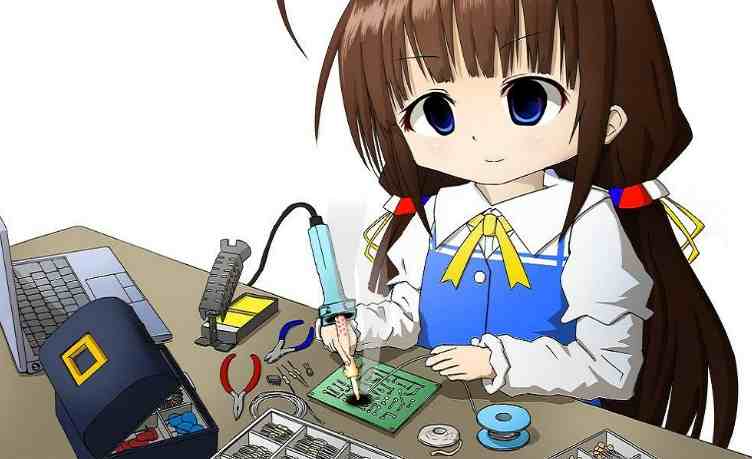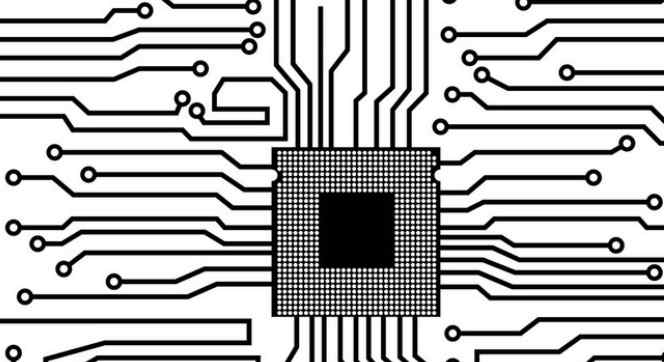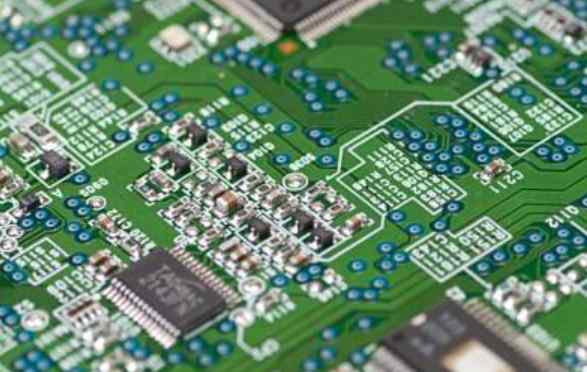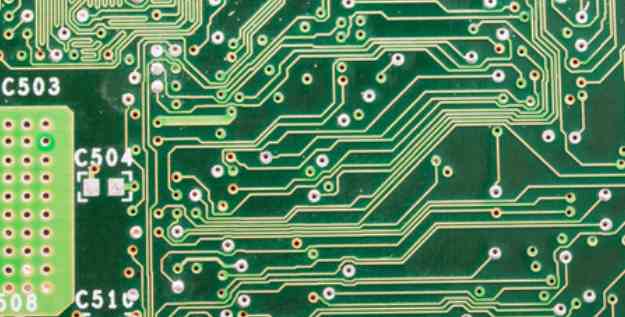
MSP430
MSP430 three clock signals: MCLK system master clock; SMCLK system sub-clock; ACLK clock.
(1)MCLK system master clock. In addition to CPU operations using this clock, modules can also be used. MCLK can select the clock signal generated by any oscillator and perform 1, 2, 4, 8 frequency division as its signal source.
(2)SMCLK system sub-clock. For use by modules. Before use, frequency division can be realized through the register of each module. SMCLK can select the clock signal generated by any oscillator and perform 1, 2, 4, 8 frequency division as its signal source.
(3)ACLK clock. For use by modules. Before use, frequency division can be realized through the register of each module. However, ACLK can only be divided into 1, 2, 4 and 8 frequencies by LFXT1 as signal source.
After the PUC is reset, the signal source of MCLK and SMCLK is the DCO, and the oscillation frequency of DCO is 800KHZ. The signal source of ACLK is LFXT1.
The MSP430 contains an internal crystal oscillator failure monitoring circuit that monitors the clock signals of the LFXT1(operating in HF mode) and XT2 outputs. When the clock signal was lost by 50us, the monitoring circuit picked up the oscillator failure. If the MCLK signal comes from LFXT1 or XT2, MSP430 automatically switches the MCLK signal to DCO so that the program can continue running. But the MSP430 does not monitor the LFXT1 operating in low frequency mode.

1. Opening principle: Cut aniseed into small pieces according to the size required by MI
2. Inner layer: Paste dry film or printing oil, exposure and etching film inner layer anticorrosion detection is a process of graphic transfer, through the use of film negative, ink/dry film and other media under ultraviolet light, the line graphics required by the customer will be made on the inner layer substrate, and then the unnecessary copper foil etching away, finally made into the inner layer of conductive lines. Pre-treatment: grinding plate inner dry film inner etching inner test + coarse copper plate surface, in order to increase the adhesion of the board and film + clean the board, get rid of the dry film and copper foil covering ink and copper foil covering
3. Plate pressing process: Browning, plate lining, pressing, X-RAY punching, hole and gong edge
4. Drilling process: The role of drilling: to produce a conductive channel on the circuit board that allows the later process to complete the connection between the upper/lower or intermediate circuit layers
5 wet process: copper sedimentation - outer dry film - graphic plating or plate plating - outer layer - corrosion plate - outer layer - corrosion copper detection action: deposit a layer of conductive copper layer on the hole wall of the circuit board insulation, conduction and the connection of the inner line.
Outer dry film: stick dry film exposure image plating or plate plating: Function: increase the copper thickness of the circuit board hole \ wire \ face, so as to meet customer requirements.
Outer etching: film retreat: The use of strong alkali can make the dry film dissolution or peeling properties of the unwanted dry film from the surface peel or dissolve corrosion plate: the use of bivalence copper ammonium and ion oxidation to the unwanted copper from the plate corrosion tin: The nitric acid in the tin removal water is used to react with tin to remove the tin layer from the board to the outer layer inspection :AOI&VRS takes the PCB image by CCD scanning, compares it with CAM standard graphics by computer and processes the logic of the design specification, marks the bad spots on the circuit board and sends the coordinates of the bad spots to the VRS, and finally confirms the bad spots location
6. Wet film process: the main process stations include: printing a layer of photosensitive ink on the outer wire board surface that has been formed and curing it, so as to protect the outer layer and insulation of the circuit board, pre-treatment grinding board, ink printing, oven exposure and image printing, character printing
7. Surface treatment process: Mainly according to the requirements of customers, the copper surface of the circuit board is processed by a layer. The main processing processes are: spray tin: spray a layer of weldable tin surface on the copper surface using hot air welding process. Tin sinking: The use of chemical principles through chemical treatment to deposit tin on the surface of the board. Silking: The depositing of silver on a surface by chemical processes. Gold deposition: The use of chemical principles to deposit gold on a surface. Gold plating: Using the principle of electroplating, through the current and voltage control of gold plating on the surface. Anti-oxidation: The use of chemical principles of an anti-oxidation chemical coated on the surface
8. Molding process: Mainly according to customer's requirements, a formed circuit board is processed into the size and shape required by the customer. Open and short circuit test inspection: mainly to check the open circuit and short circuit inspection of the line, as well as the use of visual inspection board quality. Packaging and shipment: the qualified board will be packaged and finally shipped to the customer.


